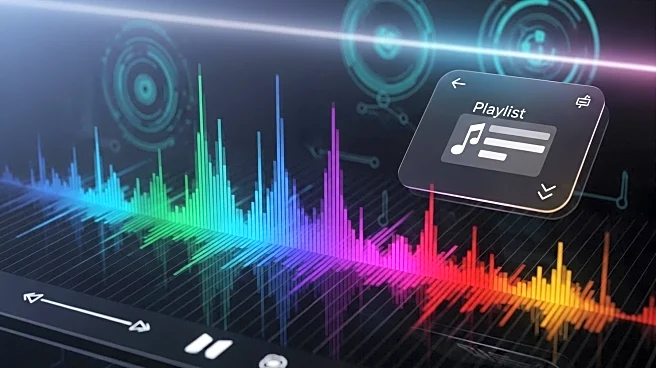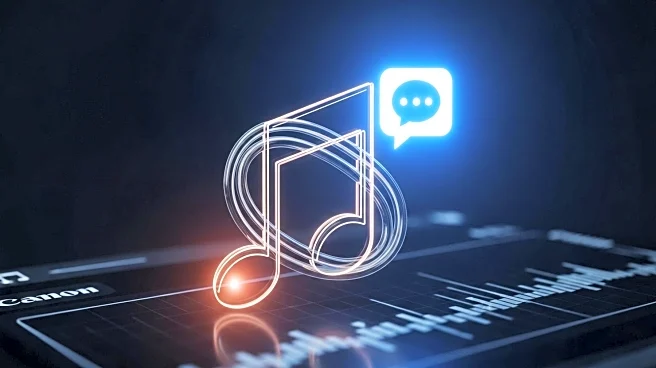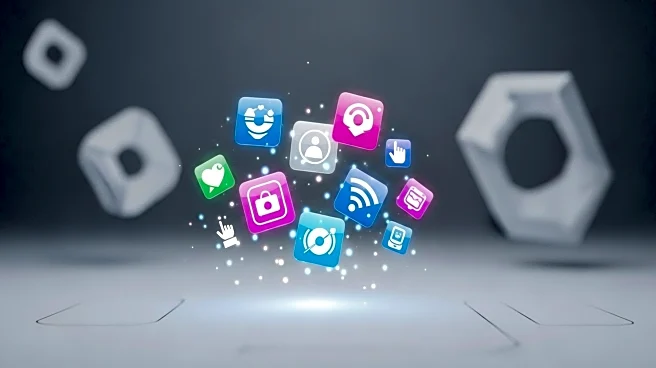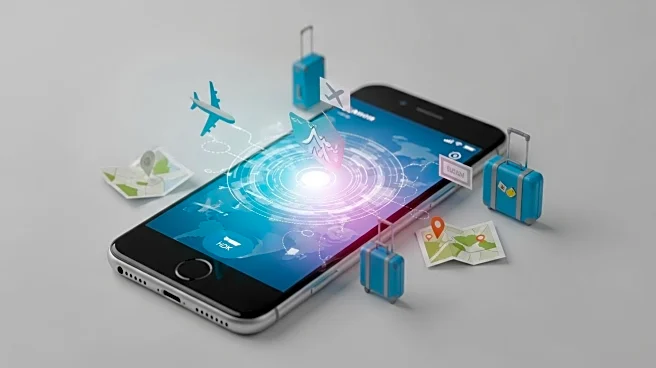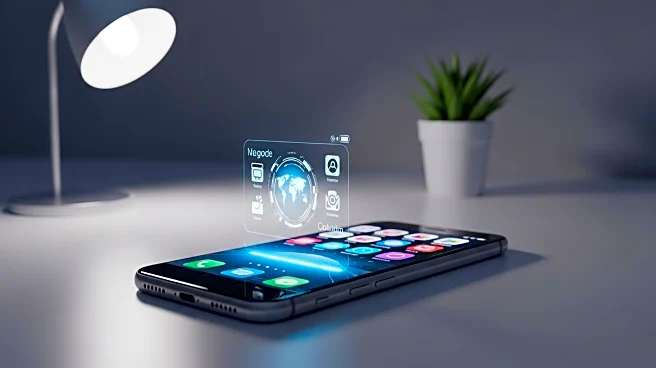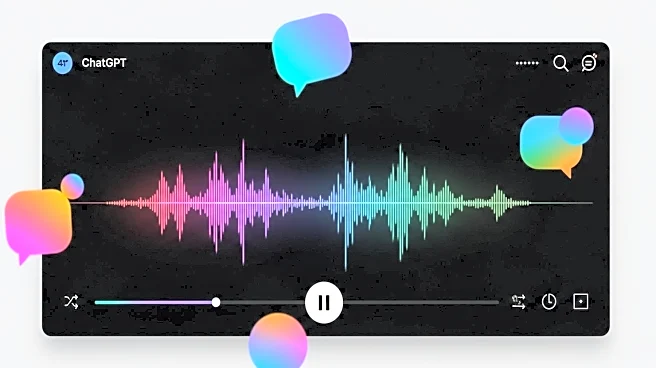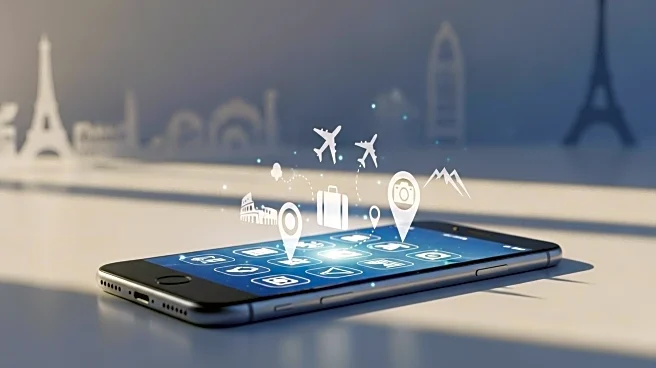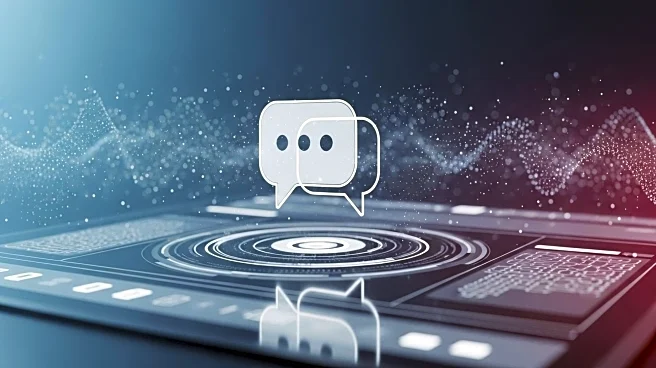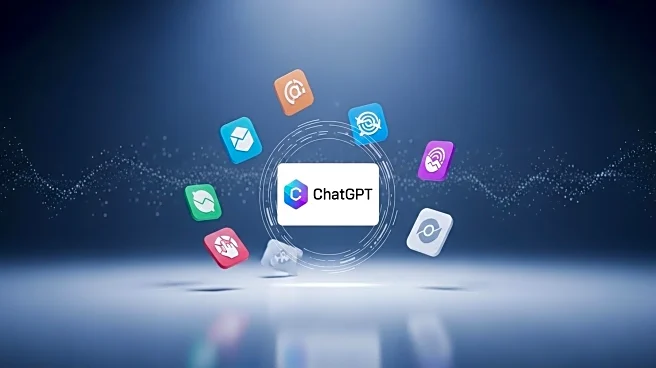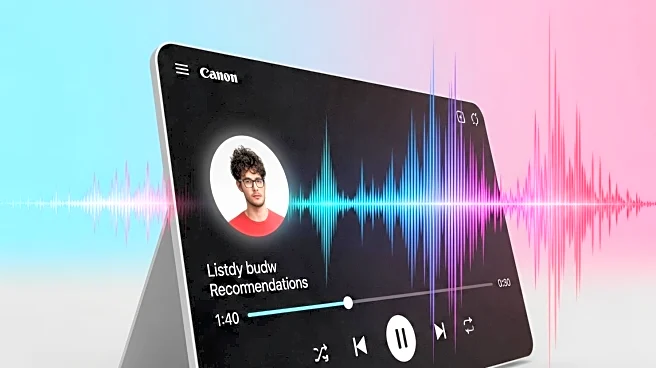What's Happening?
OpenAI has introduced a new App SDK that allows developers to integrate their services directly into ChatGPT, with Spotify being one of the first platforms to utilize this feature. Users can now request ChatGPT to create playlists for specific occasions, such as dinner parties or Halloween events, by pulling songs directly from Spotify. This integration aims to simplify the process of playlist creation by eliminating the need for manual curation. However, the experience of using ChatGPT for playlist creation has been met with mixed reactions, as the generated playlists may include unfamiliar songs and lack the personal touch that comes with manually curated playlists.
Why It's Important?
The integration of Spotify with ChatGPT represents a significant step in the automation of personal tasks, highlighting the growing influence of AI in everyday activities. While this development offers convenience, it raises questions about the role of AI in creative processes traditionally driven by human instinct and emotion. The ability to automate playlist creation could impact the music industry by altering how users engage with music and discover new artists. It also reflects a broader trend of AI becoming a universal interface for various applications, potentially reshaping user experiences across different platforms.
What's Next?
As OpenAI continues to expand the capabilities of ChatGPT, further integrations with other services are expected, potentially broadening the scope of tasks that can be automated. This could lead to increased reliance on AI for personal and creative activities, prompting discussions about the balance between automation and human involvement. Stakeholders in the music industry, including artists and streaming platforms, may need to adapt to these changes by exploring new ways to engage audiences and maintain the personal connection that music traditionally offers.
Beyond the Headlines
The integration of AI into music curation touches on ethical considerations regarding the preservation of human creativity and the potential loss of personal expression in art. As AI systems become more prevalent, there is a need to address how these technologies can coexist with human-driven processes without diminishing the value of personal involvement in creative endeavors.

